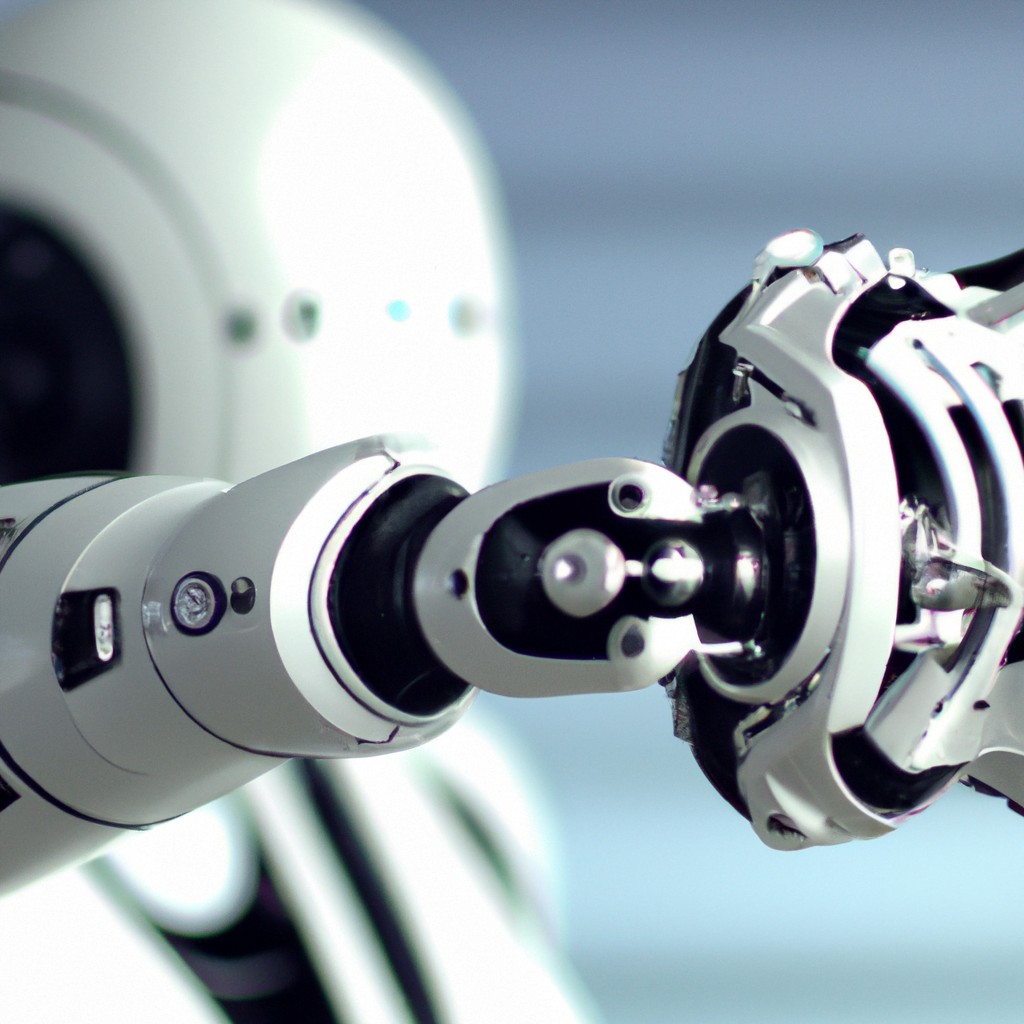Robotics and the future of healthcare education
The field of healthcare is constantly evolving, and advancements in technology have played a crucial role in this transformation. One of the most exciting developments in recent years is the use of robotics in healthcare education. Robots are now being used to train medical professionals, and this technology has the potential to revolutionize the way we learn about healthcare.
What are Robotics?
Robots are machines that are designed to perform tasks autonomously or with minimal human intervention. They are used in a variety of industries, including healthcare. In healthcare, robots are used to assist with surgery, rehabilitation, and other medical tasks.
How are Robotics Used in Healthcare Education?
Robots are now being used in healthcare education to train medical professionals. These robots are programmed to simulate real-life medical scenarios, giving students the opportunity to practice their skills in a safe and controlled environment.
Robotic simulators are used to teach a variety of medical procedures, including surgery, injection, and diagnostic procedures. These simulators are designed to mimic the human body and provide a realistic training experience. They can also provide instant feedback to students, allowing them to improve their skills in real-time.

The Benefits of Robotics in Healthcare Education
There are several benefits to using robotics in healthcare education. Here are a few of them:
Improved Patient Safety: By using robots to simulate medical scenarios, medical professionals can practice their skills without the risk of harming real patients. This can improve patient safety and reduce the risk of medical errors.
Enhanced Learning Experience: Robots can provide a realistic training experience that is difficult to replicate in a traditional classroom setting. This can help students to develop their skills more quickly and effectively.
Increased Access to Training: Robotics can be used to provide training to medical professionals in remote or underserved areas. This can help to address the shortage of healthcare professionals in these regions.
The Future of Robotics in Healthcare Education
The use of robotics in healthcare education is still in its early stages, but it has the potential to transform the way we learn about healthcare. In the future, we can expect to see more advanced robots that can simulate even more complex medical scenarios. We may also see the use of virtual reality and augmented reality technologies to enhance the training experience.
Conclusion
Robotics is transforming the healthcare industry, and healthcare education is no exception. By using robots to simulate medical scenarios, medical professionals can improve their skills and enhance patient safety. The future of robotics in healthcare education is bright, and we can expect to see even more exciting developments in the years to come.






